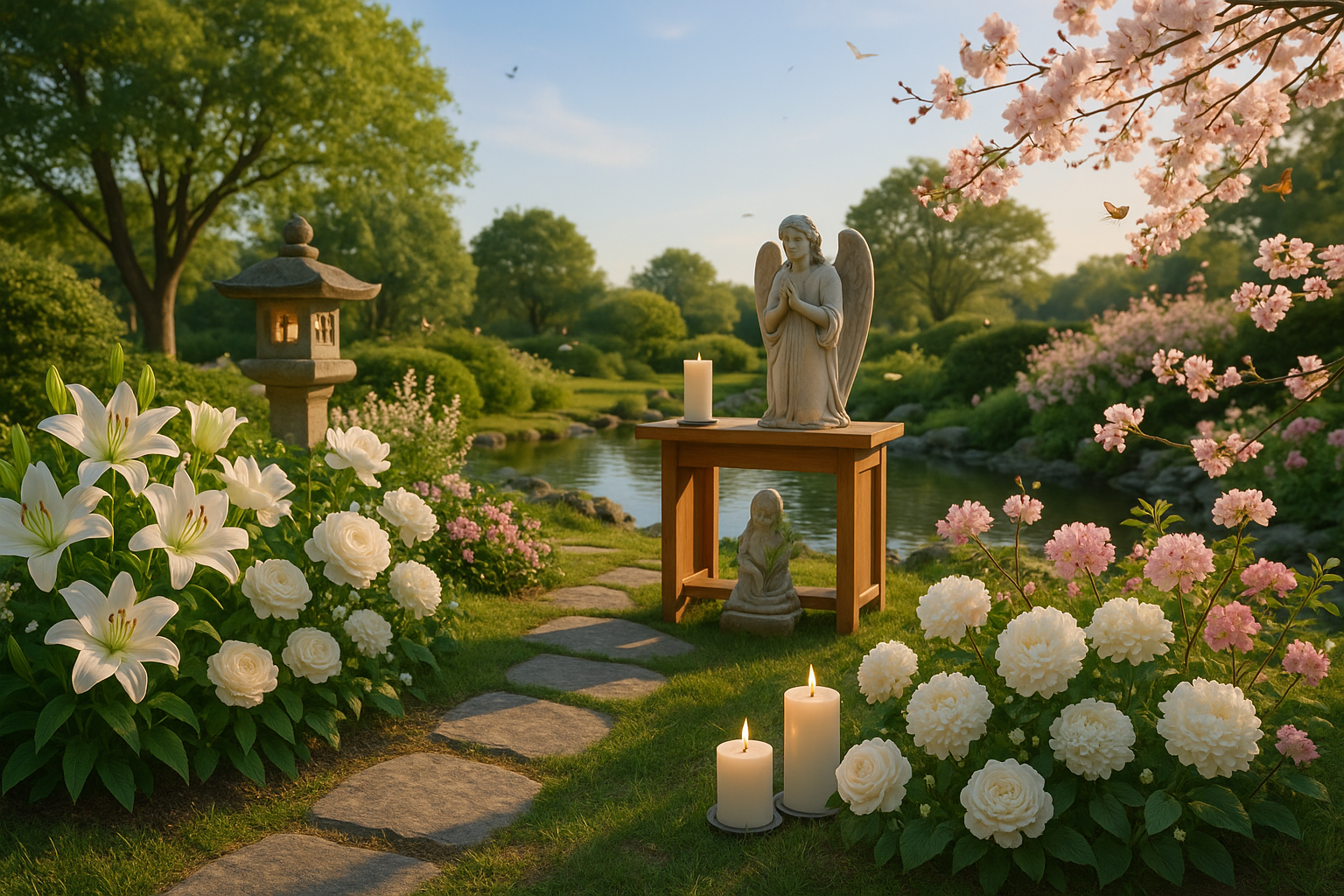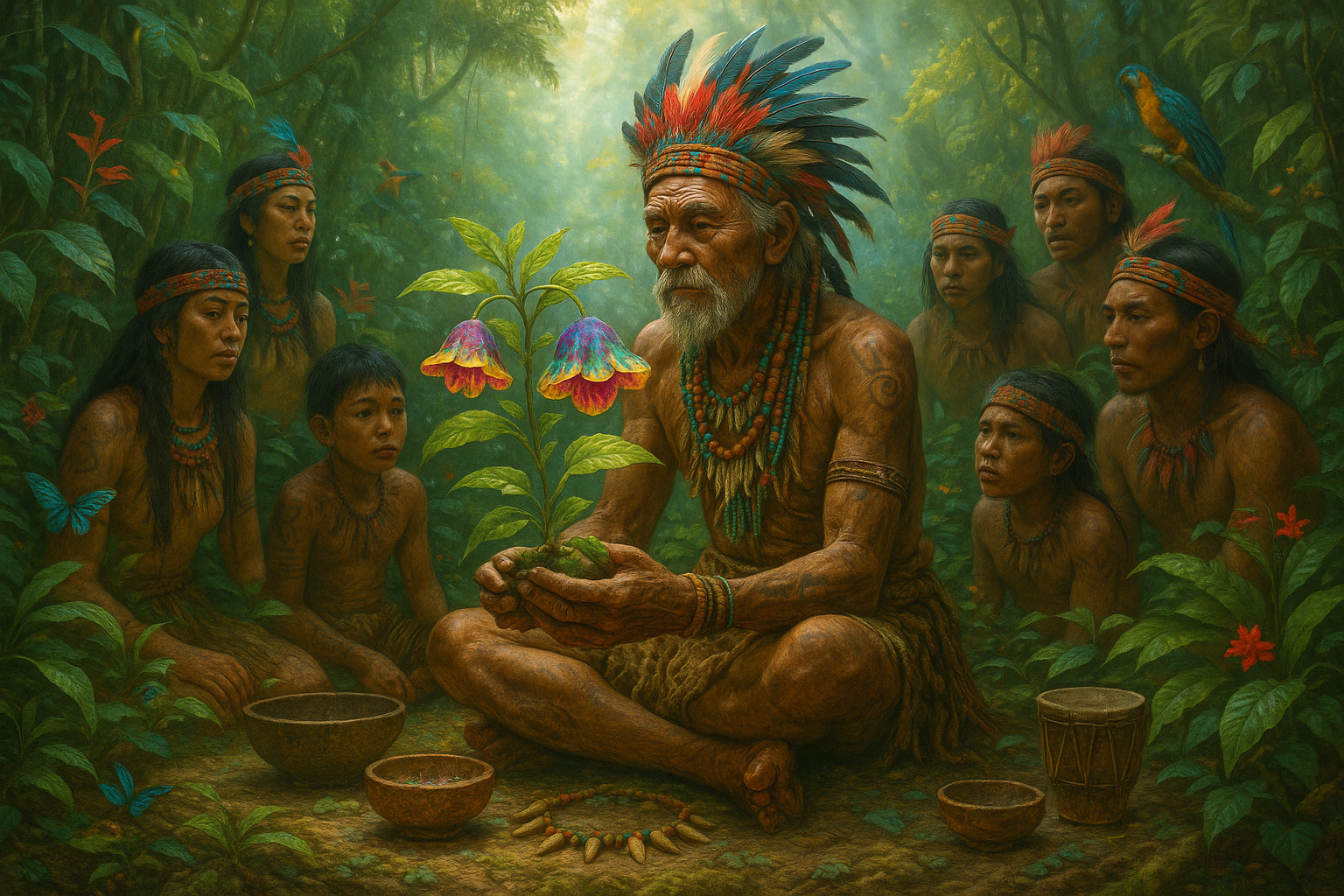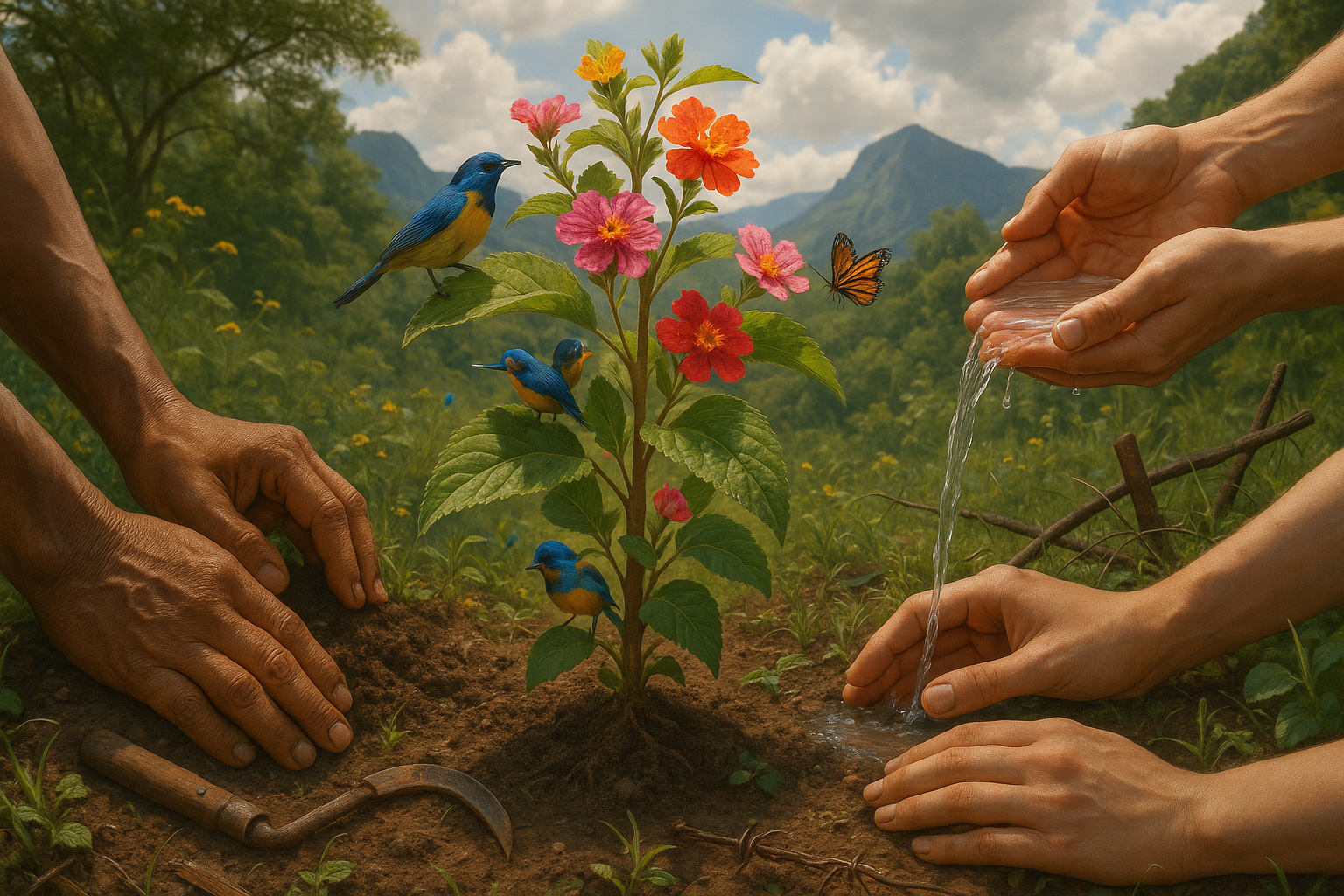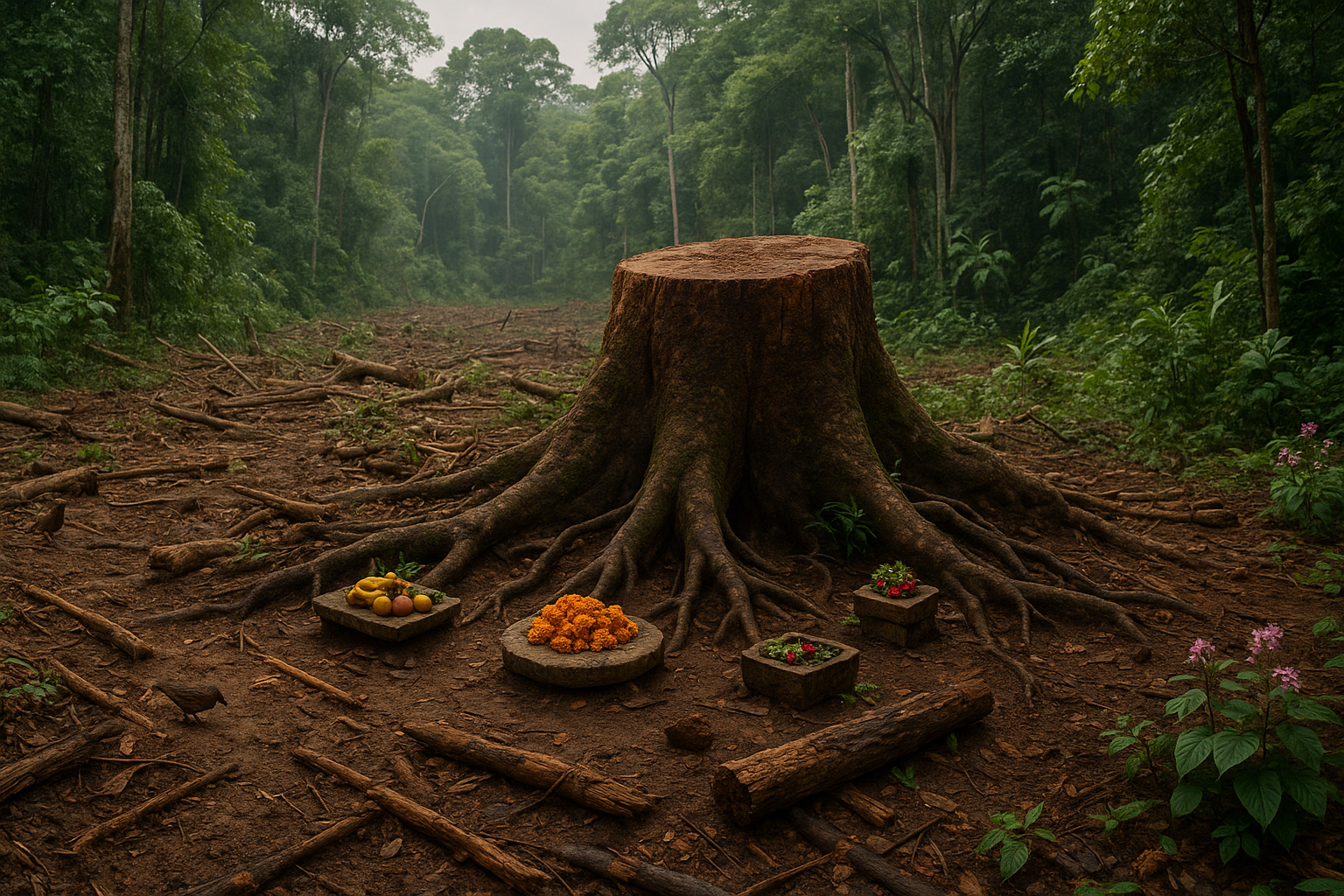Flowers have long been a universal language of emotion, a way to express feelings that words often cannot capture. They accompany us through the most significant milestones of life—birth, love, celebration, and ultimately, death. While their vibrant colors and delicate scents bring joy in times of happiness, they also hold a sacred place in moments of mourning. In funeral rites across the globe, flowers serve as powerful symbols, offering comfort, conveying respect, and encapsulating the transient nature of life itself. 🌺
In this article, we delve into the profound significance of flowers in funerary traditions. Far from being mere ornamental elements, these eternal blooms carry deep spiritual and cultural meanings. Whether adorning a casket, forming a wreath, or placed gently at a graveside, flowers are integral to how different cultures honor and bid farewell to the departed.
The journey of understanding begins by exploring the historical roots of this tradition. For centuries, flowers have played a role in funeral customs, each culture bestowing its unique interpretation. We will look at ancient civilizations, from the Egyptians, who used flowers as offerings to ensure safe passage to the afterlife, to the Greeks and Romans, who saw them as symbols of rebirth and eternal life.
Fast forward to contemporary times, and you’ll find that these practices have evolved but not diminished. In the Western world, lilies are often associated with funerals, symbolizing the restored innocence of the soul of the deceased. Roses, with their beauty and fragrance, speak of love and grief, while chrysanthemums hold a place of honor in Asian funeral traditions, symbolizing death and the afterlife.
Beyond their historical and cultural contexts, the choice of flowers in funeral arrangements often reflects personal sentiments and the unique story of the deceased. Each bloom, color, and arrangement style is carefully selected to mirror the personality, preferences, and life journey of the one who has passed. This personalization adds another layer of meaning, offering solace to those left behind by creating a connection between the living and the departed. 🌼
Moreover, flowers in funeral rites serve as a universal expression of empathy and support. They are a means for friends and family to offer condolences, to say “I am here for you,” without uttering a single word. Their presence can provide comfort and a sense of peace in times of overwhelming grief.
In our exploration, we will also address the psychological impact of flowers in mourning rituals. Studies suggest that the presence of flowers can uplift spirits, ease stress, and foster a soothing environment, aiding in the healing process. This emotional support underscores their enduring relevance in funeral ceremonies.
Finally, we will touch upon the sustainable practices emerging in the world of funeral flowers. As awareness of environmental issues grows, there is a shift towards eco-friendly arrangements that honor the deceased while respecting the planet. From locally sourced flowers to biodegradable arrangements, these practices reflect a modern understanding of life’s cycle and our place within it.
Join us as we unravel the sacred tapestry woven by flowers in funeral rites. Through history, culture, personal stories, and modern innovation, we will discover how these eternal blooms continue to speak to our hearts in times of loss. 🌹

Conclusion: The Timeless Elegance of Floral Tributes 🌺
Throughout this exploration of the sacred significance of flowers in funeral rites, we have delved into the profound and multifaceted roles that these natural beauties play across various cultures and traditions. From ancient civilizations to contemporary societies, flowers have served as potent symbols of life, death, and rebirth, offering solace and a medium for emotional expression in times of grief.
We began by examining the historical roots of floral offerings in funerary practices, noting how different cultures have utilized flowers to honor the deceased and convey messages of respect, love, and remembrance. Flowers such as lilies, roses, and chrysanthemums have emerged as universal symbols, each carrying unique connotations that transcend cultural boundaries.
The article further highlighted the psychological and emotional impact of flowers on those mourning a loss. The calming presence of floral arrangements not only beautifies the somber environment but also provides a sense of peace and continuity. Flowers can act as a bridge between the living and the dead, offering comfort and facilitating the grieving process.
We also explored the environmental and ethical considerations of using flowers in funeral rites, emphasizing the growing trend towards sustainable practices. Eco-friendly options, such as biodegradable urns and locally sourced blooms, have become increasingly popular, reflecting a broader societal shift towards environmental consciousness.
In addition to their aesthetic and symbolic significance, flowers in funerary contexts can foster a sense of community and shared experience. The act of giving and receiving flowers creates bonds among mourners, serving as a silent testament to the enduring impact of the departed on the lives of those they leave behind.
The cultural variations in the use of flowers in funerals remind us of the rich tapestry of human beliefs and customs. Whether it’s the vibrant marigolds of Mexican Día de los Muertos or the solemn white chrysanthemums in East Asian ceremonies, each tradition holds its unique beauty and meaning, underscoring the universal human desire to honor and remember loved ones.
As we conclude this exploration, it is essential to recognize the lasting power of flowers as symbols of hope, renewal, and eternal life. In a world that is constantly evolving, the timeless elegance of floral tributes remains a steadfast part of our collective human experience.
We invite you, dear reader, to reflect on the role that flowers have played in your own life and cultural practices. Whether you are planning a memorial service, participating in a cultural festival, or simply tending to a garden, consider the profound connections that these natural wonders inspire.
Share your thoughts and experiences in the comments below. How have flowers helped you cope with loss or celebrate life? What traditions have you encountered that incorporate floral elements in meaningful ways?
Feel free to share this article with friends and family who may find comfort and inspiration in the beauty of flowers. By spreading knowledge and understanding, we continue to honor the traditions of the past while fostering a more compassionate and connected future.
For further reading, we recommend exploring resources such as The Cultural Significance of Flowers in Mourning and Sustainable Practices in Modern Funerals.
Thank you for joining us on this journey through the sacred significance of flowers in funeral rites. May the eternal blooms continue to inspire and comfort us all. 🌼
This conclusion encapsulates the key points discussed in the article and encourages the reader to engage with the content further. Feel free to adjust the links with actual references or additional resources you may have.
Toni santos is a cultural storyteller and botanical history researcher devoted to uncovering the hidden narratives of cryptobotany and lost plant lore. With a lens focused on forgotten flora, Gabriel explores how ancient communities discovered, used, and ritualized plants — seeing them not merely as resources, but as vessels of meaning, identity, and ancestral memory.
Fascinated by mythical plants, vanished species, and secret ethnobotanical knowledge, Gabriel’s journey weaves through herbal manuscripts, oral traditions, and forgotten botanical practices passed down in fragments. Each story he tells is a reflection on the power of plants to heal, connect, and preserve cultural wisdom across time.
Blending ethnobotany, folklore studies, and cultural storytelling, Gabriel researches the plants, uses, and rituals that once shaped societies — uncovering how lost plant lore reveals deep interconnections between belief, nature, and survival. His work honors the healers, shamans, and herbalists who safeguarded this knowledge beyond the reach of written history.
His work is a tribute to:
-
The sacred role of plants in ancestral rituals
-
The beauty of forgotten botanical knowledge and uses
-
The enduring link between nature, culture, and myth
Whether you are passionate about ancient herbal traditions, curious about plant folklore, or intrigued by the mysteries of cryptobotany, Gabriel invites you on a journey through green lore and living memory — one plant, one ritual, one story at a time.





